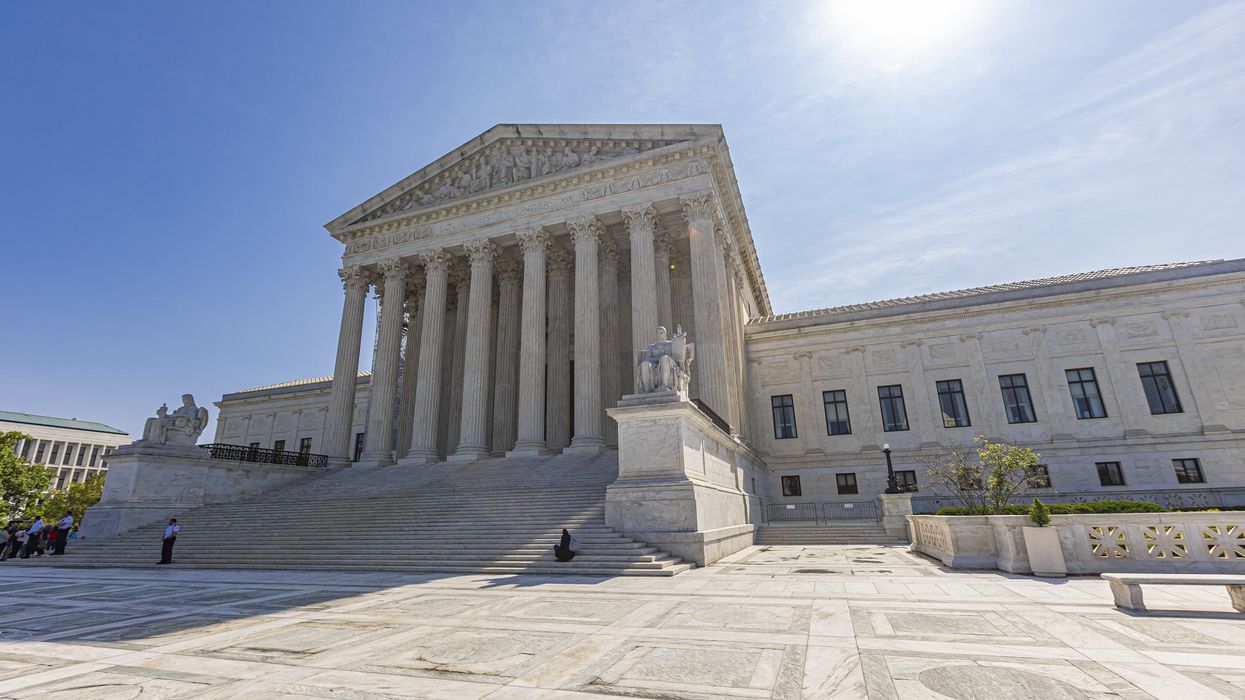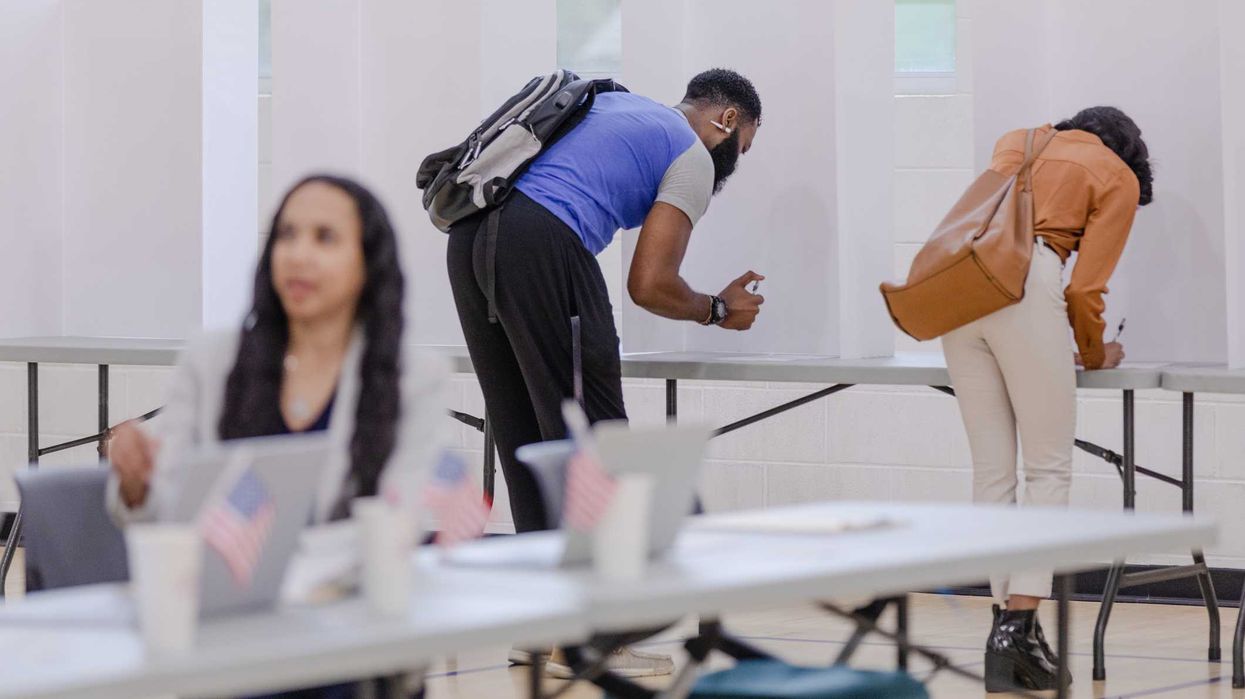On Dec. 13, The Fulcrum identified the worst examples of congressional gerrymandering currently in use.
In that news report, David Meyers wrote:
“With two post-census election cycles in the books, congressional district maps are mostly set for the remainder of the decade – which means we will know the outcomes of the vast majority of House elections before voters even cast ballots in November 2026, 2028 and 2030.
That’s because most states allow politicians to draw district maps, enabling them to use voter data to create maps that favor the party that controls the legislature. Both parties use practices like “cracking” and “packing” to divide minority-party communities across multiple districts or combine them into as few districts as possible, all to guarantee control in future elections.
This practice is known as gerrymandering, and when practiced for partisan purposes it is legal, according to the Supreme Court."
Working with gerrymandering experts, Meyers identified a dozen egregious examples of gerrymandering; however, given how common the practice is, not all districts were included.
Among those not included was a district in Louisiana that is worthy of coverage.
In 2022, the National Redistricting Foundation initiated Galmon v. Ardoin, consolidated with Robinson v. Ardoin, a lawsuit that challenged Louisiana's gerrymandered congressional map in violation of Section 2 of the Voting Rights Act. NRF ultimately was successful in requiring the state to enact a new map that includes two Black opportunity districts in compliance with Section 2.
Immediately after enactment of the new map, a new lawsuit was filed and a lower court wrongly struck down Louisiana’s VRA-compliant map. Following that decision, the NRF-supported plaintiffs, alongside the Robinson plaintiffs, filed an emergency stay request to the U.S. Supreme Court asking the court to block the lower court’s decision and keep the VRA-compliant map in place for the 2024 election while the case was appealed — and the court did so. Now the Supreme Court will consider Louisiana v. Callais in its current 2024-2025 term. This case will not only determine the future of Louisiana’s VRA-compliant congressional map, but also could impact the future of critical VRA protections. Learn more about the NRF’s work here.
The Fulcrum will continue to keep our readers apprised of updates on this critically important issue related to the health of our democracy
Nevins is co-publisher of The Fulcrum and co-founder and board chairman of the Bridge Alliance Education Fund.




















